A history of home computers through nostalgic photography
Photographer John Short captures 100 computing ‘icons’ that underpin the dream machine generation
John Short - Photography

Nostalgia isn’t what it used to be, the old joke goes, and chances are that if we were ever bumped back into an 8-bit world, stripped of our touch screens, broadband and social networks, then we soon find plenty to complain about. The premise of photographer John Short’s new monograph is to assemble 100 of the computing ‘icons’ that underpin our current and future digital generation, reminiscing with a fond smile.
Short eschews a clichéd approach in favour of moodier, more atmospheric imagery of these machines, treating them as pieces of industrial design rather than focus on the quirks and characteristics of their archaic operating systems. These are the Model T Fords of the computing industry, some of which were produced in the millions, but almost completely overlooked due to their ubiquity. Some of the featured machines are rather more niche, but as the text by tech writer Alex Wiltshire explains, they all share a defining characteristic; a computer as a standalone, self-contained object that is more akin to functional furniture than an all-pervasive and persistent component of everyday life. Here are a few of our favourites.
MITS Altair 8800B, 1975
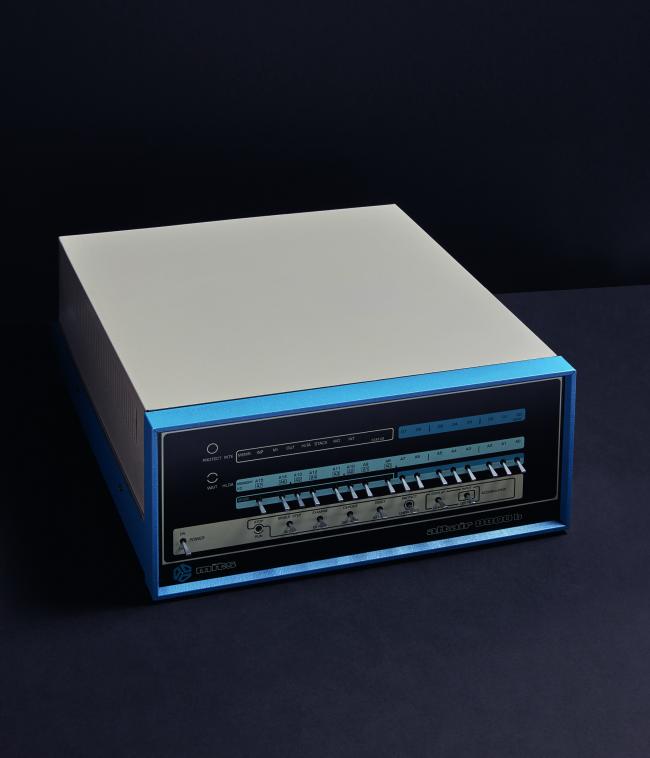
MITS Altair 8800
A kit-built mini-computer offered at a fraction of the price of its rivals, the blue-hued Altair was a bridge between room-sized business systems and the compact home computer. Altair BASIC was Microsoft's first-ever product.
Apple II, 1977

Apple II
A giant leap forward from the kit-based Apple I, the 'II' encased Steve Wozniak's pioneering circuits within a beige all-in-one box designed by freelancer Jerry Manock; Wozniak's Apple co-founder, one Steve Jobs, reasoned that aesthetics and consumer convenience would help build the brand. The design endured and evolved; the IIE came out in 1983 and the computer remained in production until 1993.
Sharp MZ-80K, 1979

Sharp MZ-80K
An all-in-one device that encapsulated the prevailing feeling that miniaturisation and innovation was coming only from Japan. The MZ-80K combined keyboard, screen, tape drive and even a speaker into a single angular package.
Apple Lisa 2, 1984
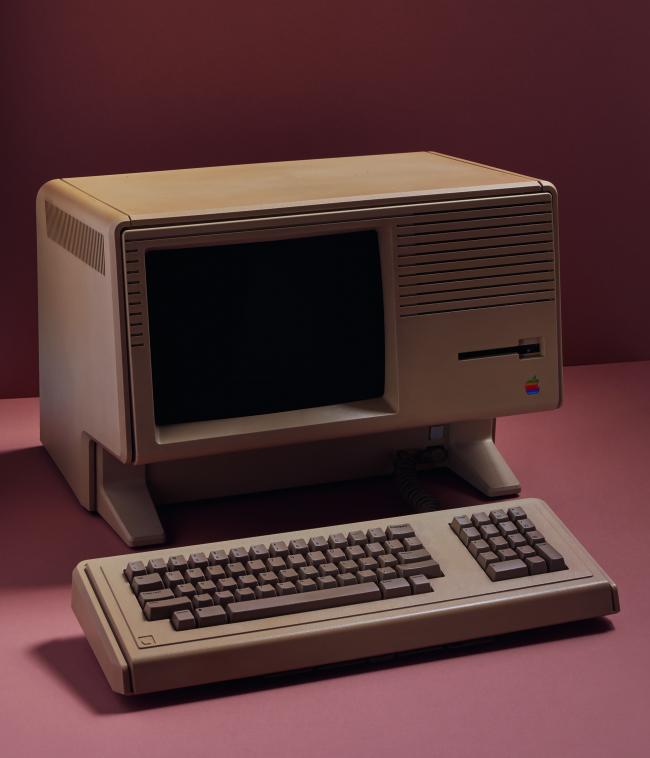
Apple Lisa 2
The original Lisa cost nearly $10,000 but also introduced the wider world to the delights of the graphical user interface. It was superseded by the cheaper Lisa 2 in 1984, co-incidentally the year that the first Macintosh appeared and the Apple revolution truly began.
Atari 520ST, 1985
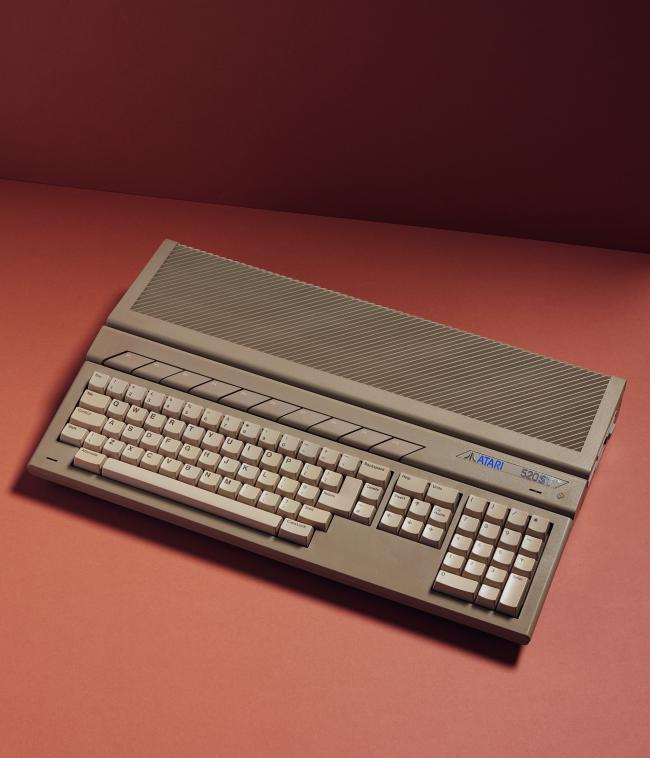
Atari 520ST
This is the base model of a computer that found immediate favour in the music industry, with enough power to make it the go-to machine for producers and acts. The ST ran the original version of the software that ultimately became Logic Pro and is still fondly remembered by chiptune aficionados.
Matra Alice 90, 1985
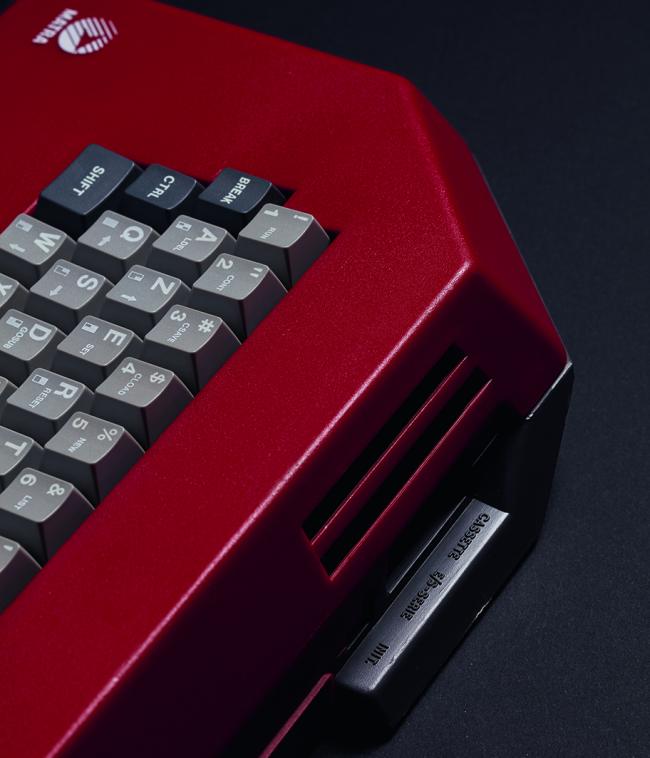
Matra Alice 90
Intended as the French equivalent of the UK's BBC Micro, the bright red Matra Alice was pitched at the educational market. The upgraded Alice 90 that followed had a sci-fi off-set form, making it stand out from the many compact home computers of the 80s.
Receive our daily digest of inspiration, escapism and design stories from around the world direct to your inbox.
Apple iMac G3, 1998
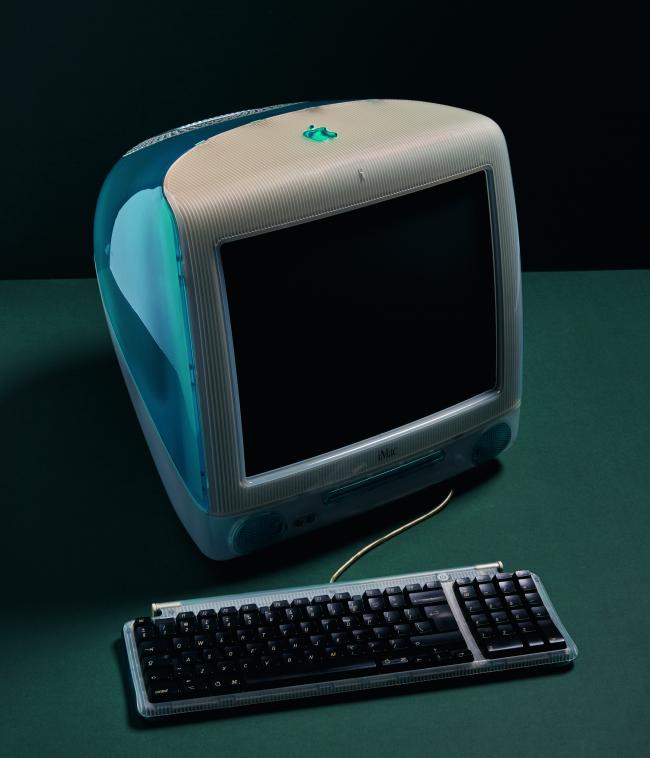
Apple iMac G3
This machine was a game-changer for Apple. The iMac's candy-colours and translucent casing still stand apart, differentiating Apple from its boringly beige PC rivals, with an advanced technical specification – including the first ever built-in USB port – that helped it transform Apple's fortunes.
INFORMATION
Home Computers: 100 Icons that Defined a Digital Generation, published by Thames & Hudson
Jonathan Bell has written for Wallpaper* magazine since 1999, covering everything from architecture and transport design to books, tech and graphic design. He is now the magazine’s Transport and Technology Editor. Jonathan has written and edited 15 books, including Concept Car Design, 21st Century House, and The New Modern House. He is also the host of Wallpaper’s first podcast.
-
 At last: a London hotel that’s great for groups and extended stays
At last: a London hotel that’s great for groups and extended staysThe July London Victoria, a new aparthotel concept just steps away from one of the city's busiest rail stations, is perfect for weekends and long-term visits alike
-
 Three new smartwatches showcase new frontiers in affordable timepiece design
Three new smartwatches showcase new frontiers in affordable timepiece designLong may you run: smartwatches from Withit, Kospet and OnePlus favour function and value above all else, demonstrating just how much the smartwatch has evolved in recent years
-
 Debuts, dandies, Demi Moore: 25 fashion moments that defined 2025 in style
Debuts, dandies, Demi Moore: 25 fashion moments that defined 2025 in style2025 was a watershed year in fashion. As selected by the Wallpaper* style team, here are the 25 moments that defined the zeitgeist
-
 Nadia Lee Cohen distils a distant American memory into an unflinching new photo book
Nadia Lee Cohen distils a distant American memory into an unflinching new photo book‘Holy Ohio’ documents the British photographer and filmmaker’s personal journey as she reconnects with distant family and her earliest American memories
-
 Inside Davé, Polaroids from a little-known Paris hotspot where the A-list played
Inside Davé, Polaroids from a little-known Paris hotspot where the A-list playedChinese restaurant Davé drew in A-list celebrities for three decades. What happened behind closed doors? A new book of Polaroids looks back
-
 Jamel Shabazz’s photographs are a love letter to Prospect Park
Jamel Shabazz’s photographs are a love letter to Prospect ParkIn a new book, ‘Prospect Park: Photographs of a Brooklyn Oasis, 1980 to 2025’, Jamel Shabazz discovers a warmer side of human nature
-
 Thomas Prior’s photography captures the uncanny fragility of American life
Thomas Prior’s photography captures the uncanny fragility of American lifeA new book unites two decades of the photographer’s piercing, uneasy work
-
 Cult classic ‘Teenagers in Their Bedrooms’ captures the angst of being a teen
Cult classic ‘Teenagers in Their Bedrooms’ captures the angst of being a teenAre 1990s teens so different? Three decades after its original release, this photography book by Adrienne Salinger has been published again, by DAP
-
 The glory years of the Cannes Film Festival are captured in a new photo book
The glory years of the Cannes Film Festival are captured in a new photo book‘Cannes’ by Derek Ridgers looks back on the photographer's time at the Cannes Film Festival between 1984 and 1996
-
 ‘Dressed to Impress’ captures the vivid world of everyday fashion in the 1950s and 1960s
‘Dressed to Impress’ captures the vivid world of everyday fashion in the 1950s and 1960sA new photography book from The Anonymous Project showcases its subjects when they’re dressed for best, posing for events and celebrations unknown
-
 Era-defining photographer David Bailey guides us through the 1980s in a new tome not short of shoulder pads and lycra
Era-defining photographer David Bailey guides us through the 1980s in a new tome not short of shoulder pads and lycraFrom Yves Saint Laurent to Princess Diana, London photographer David Bailey dives into his 1980s archive in a new book by Taschen